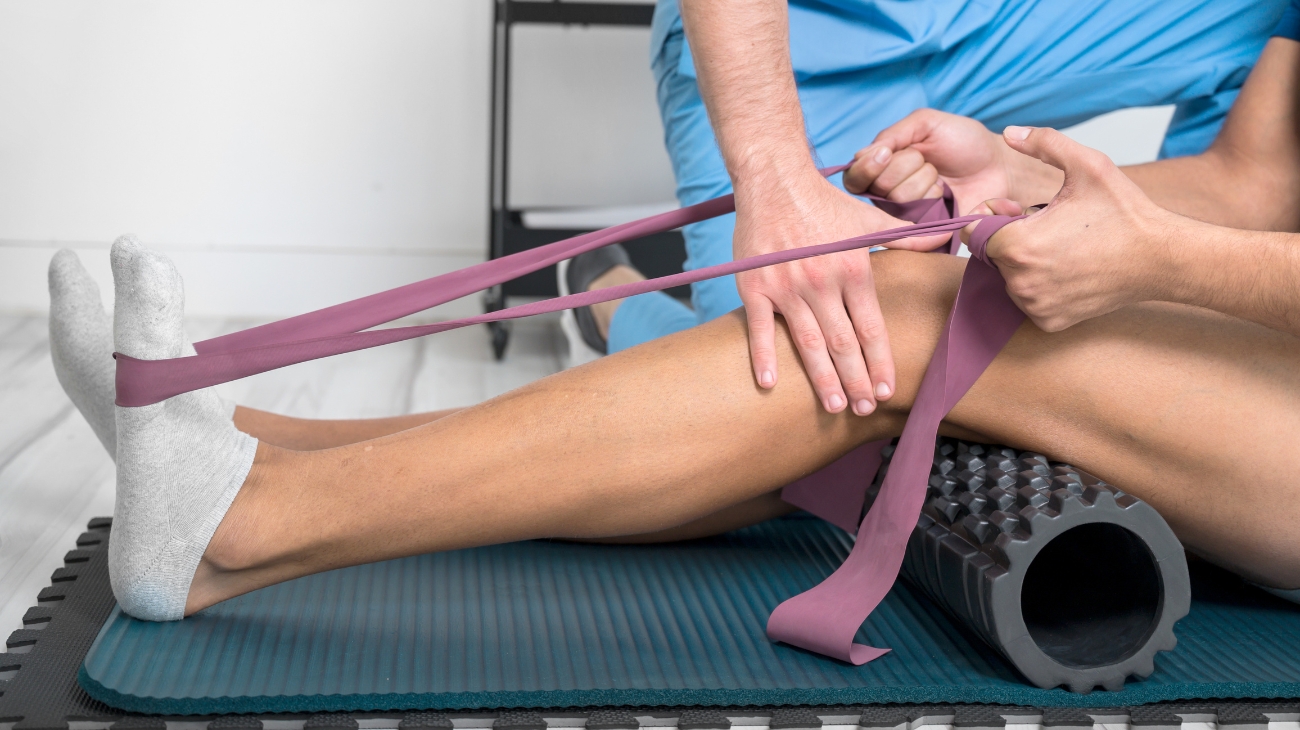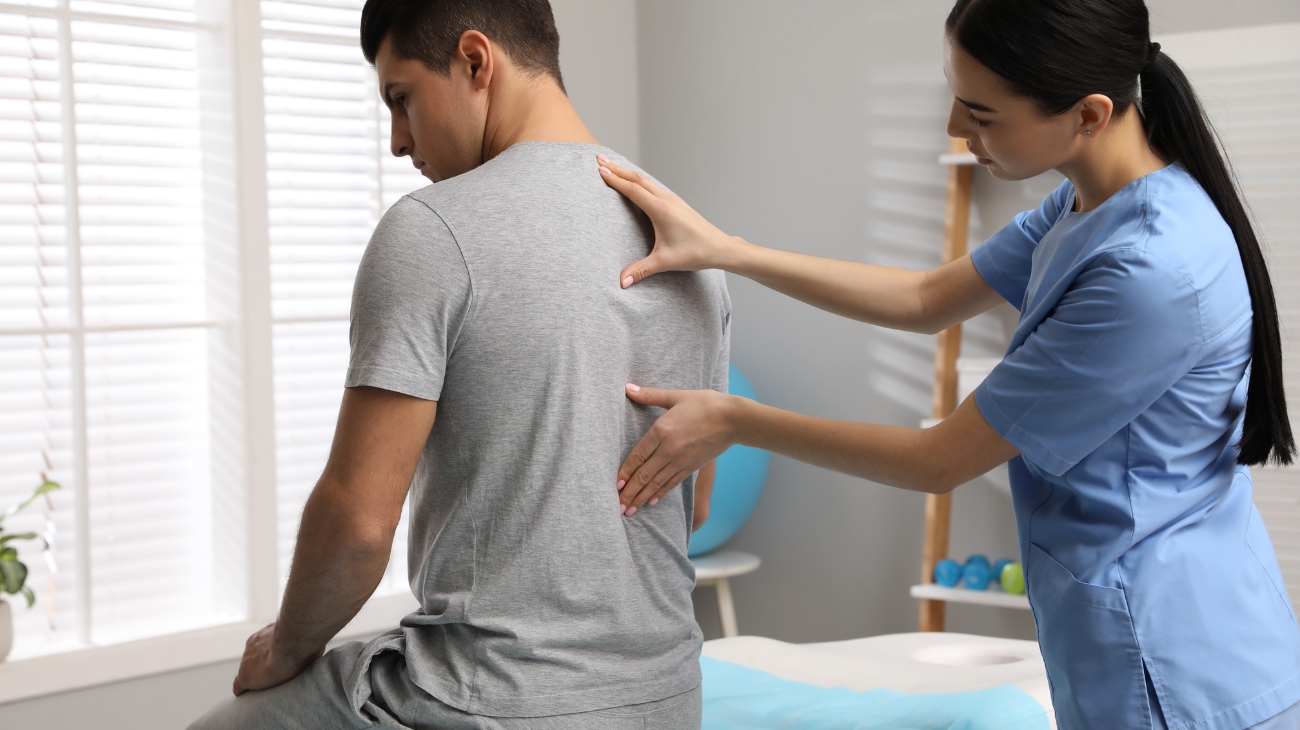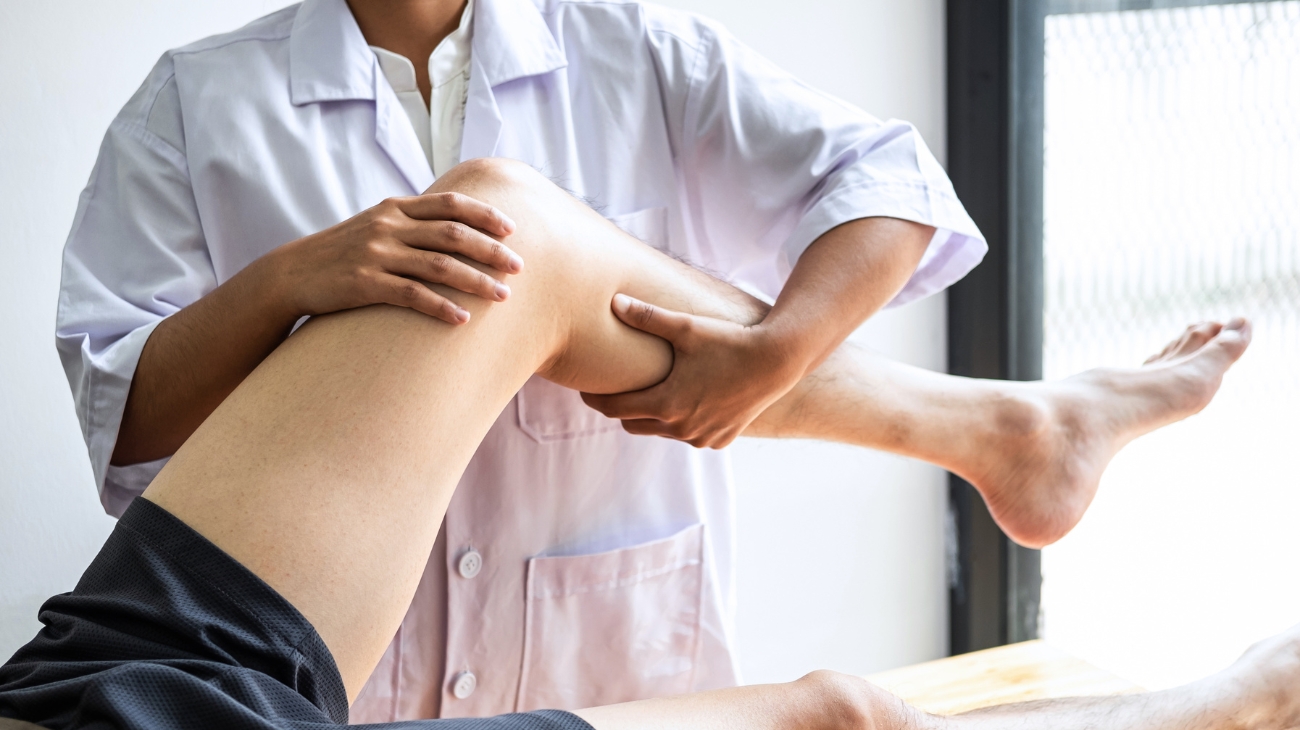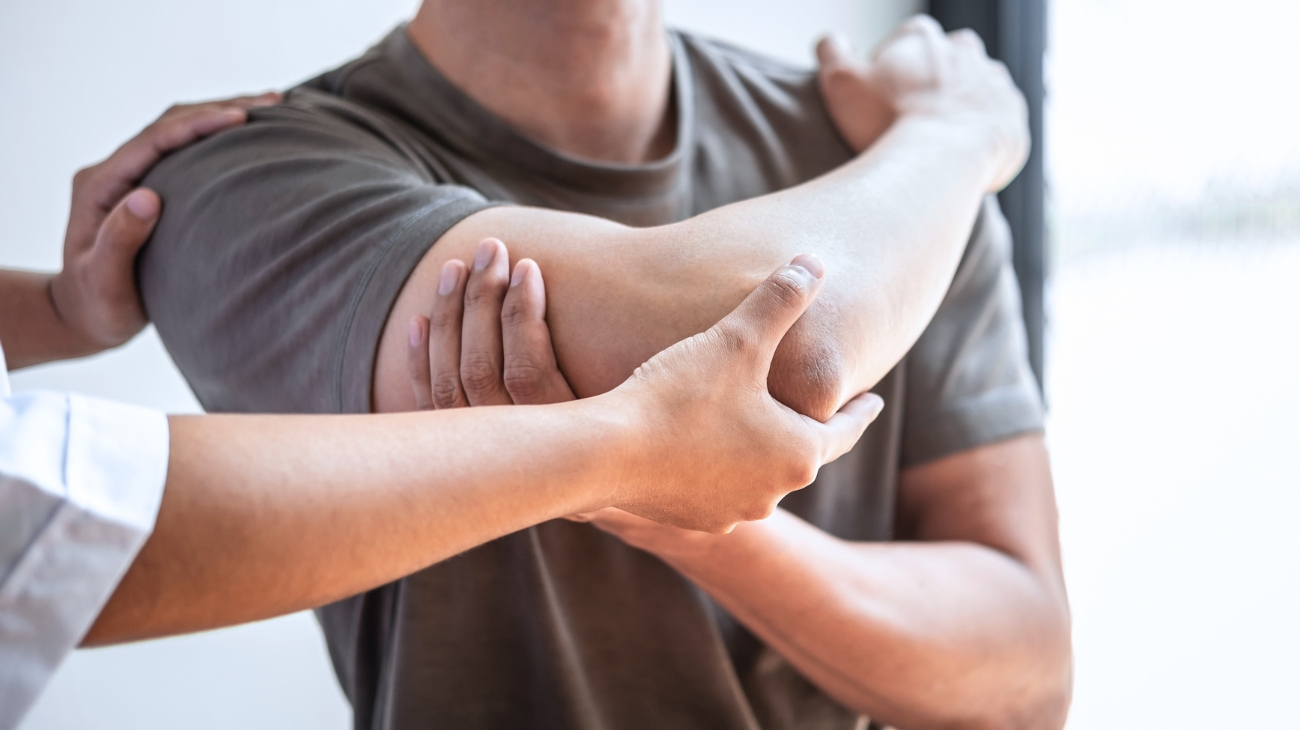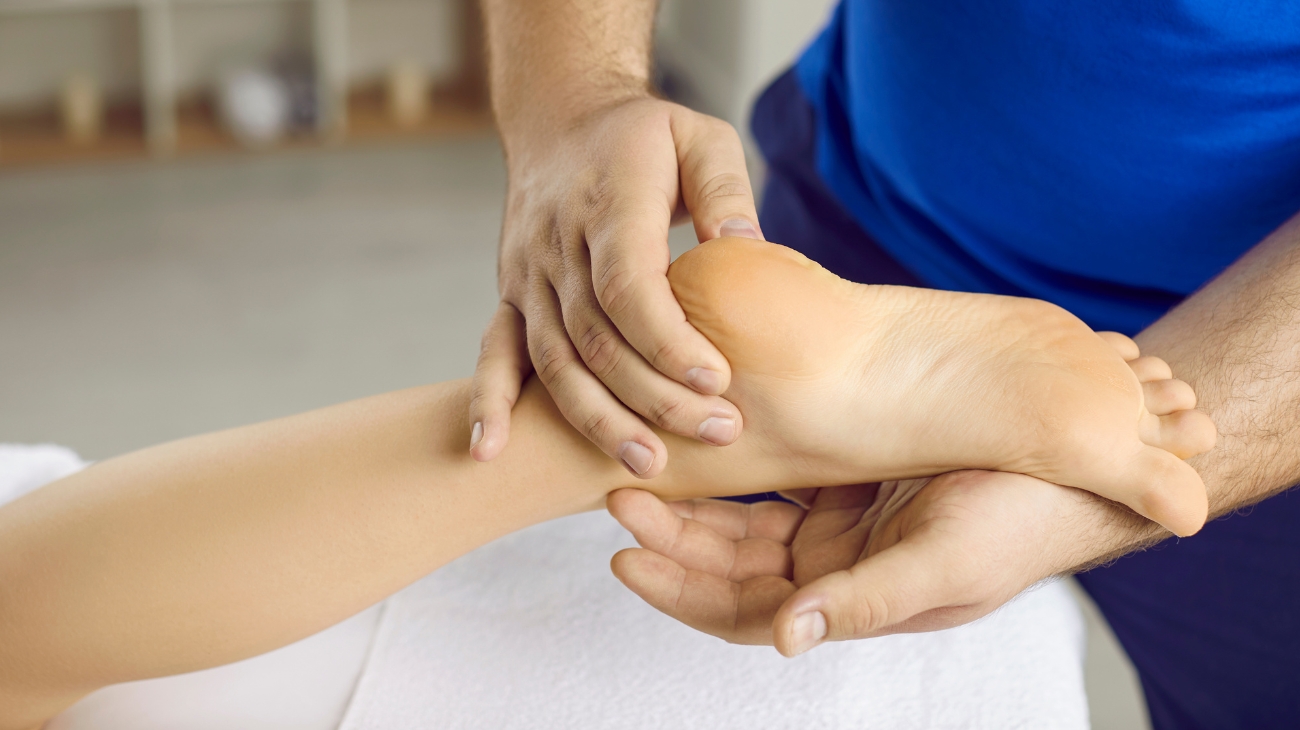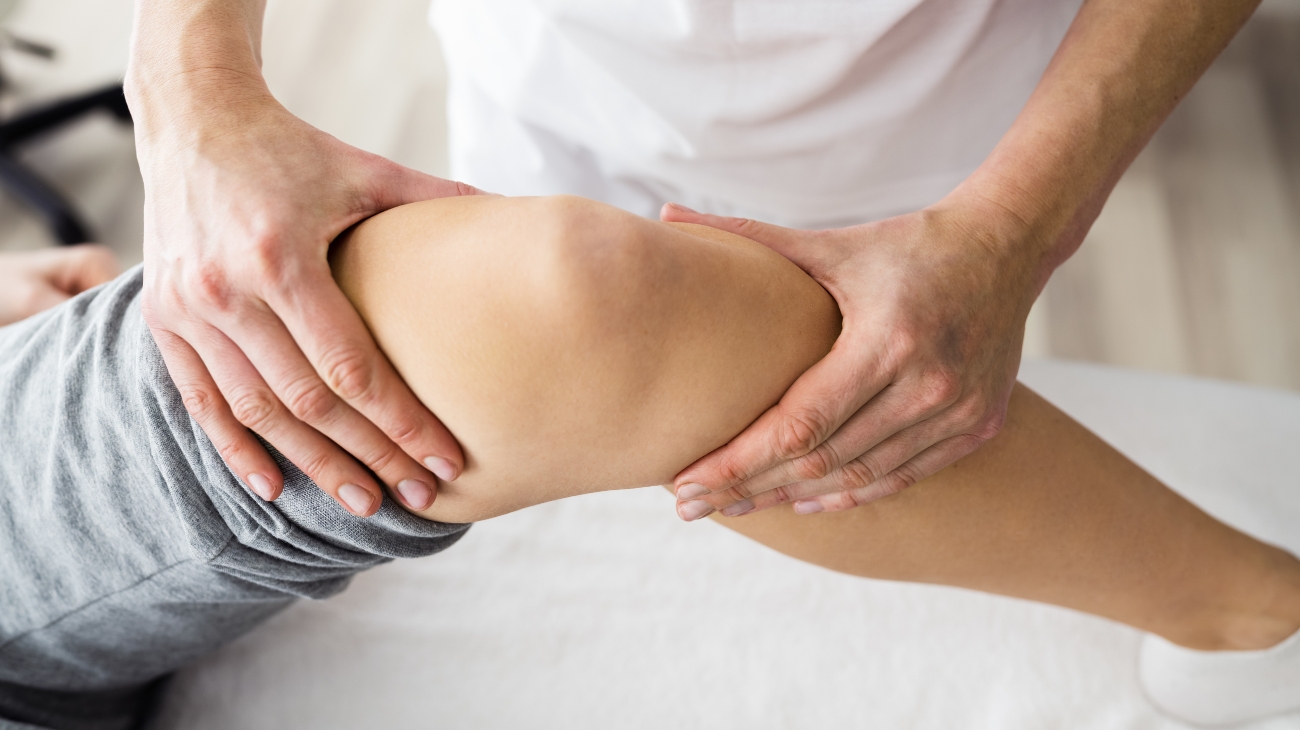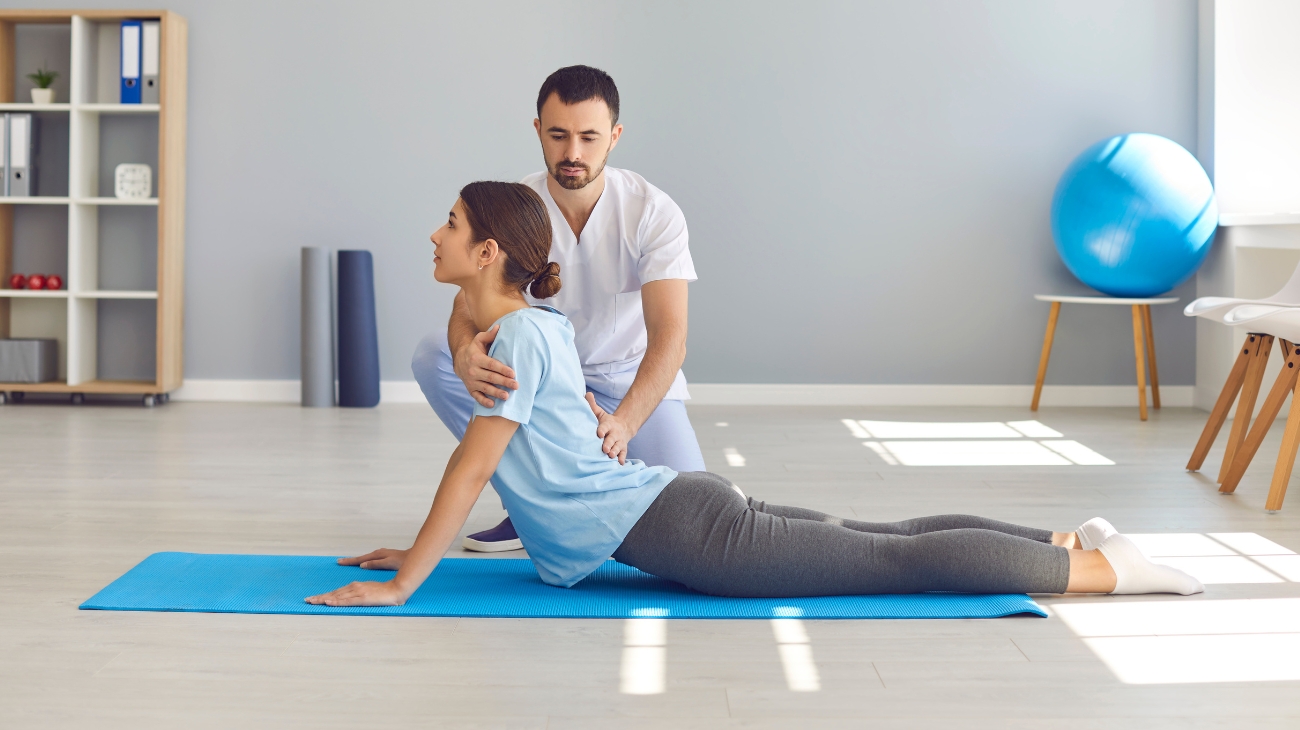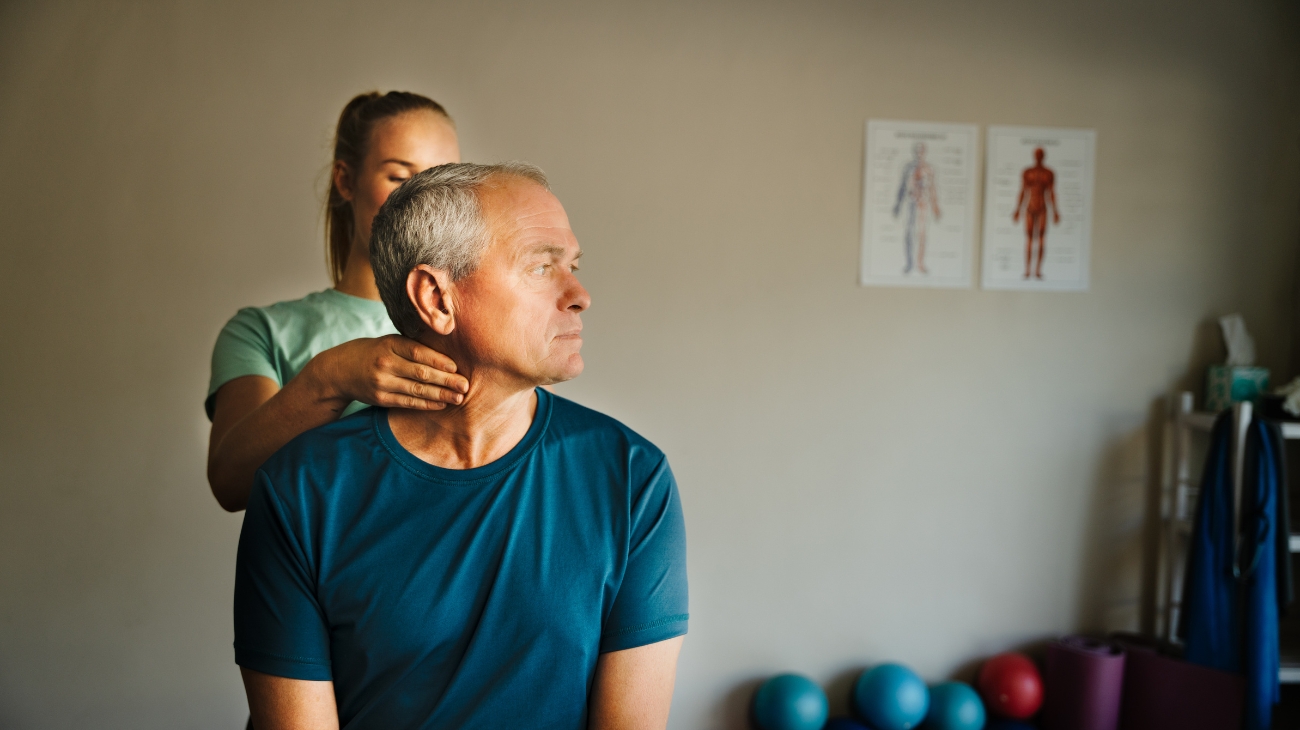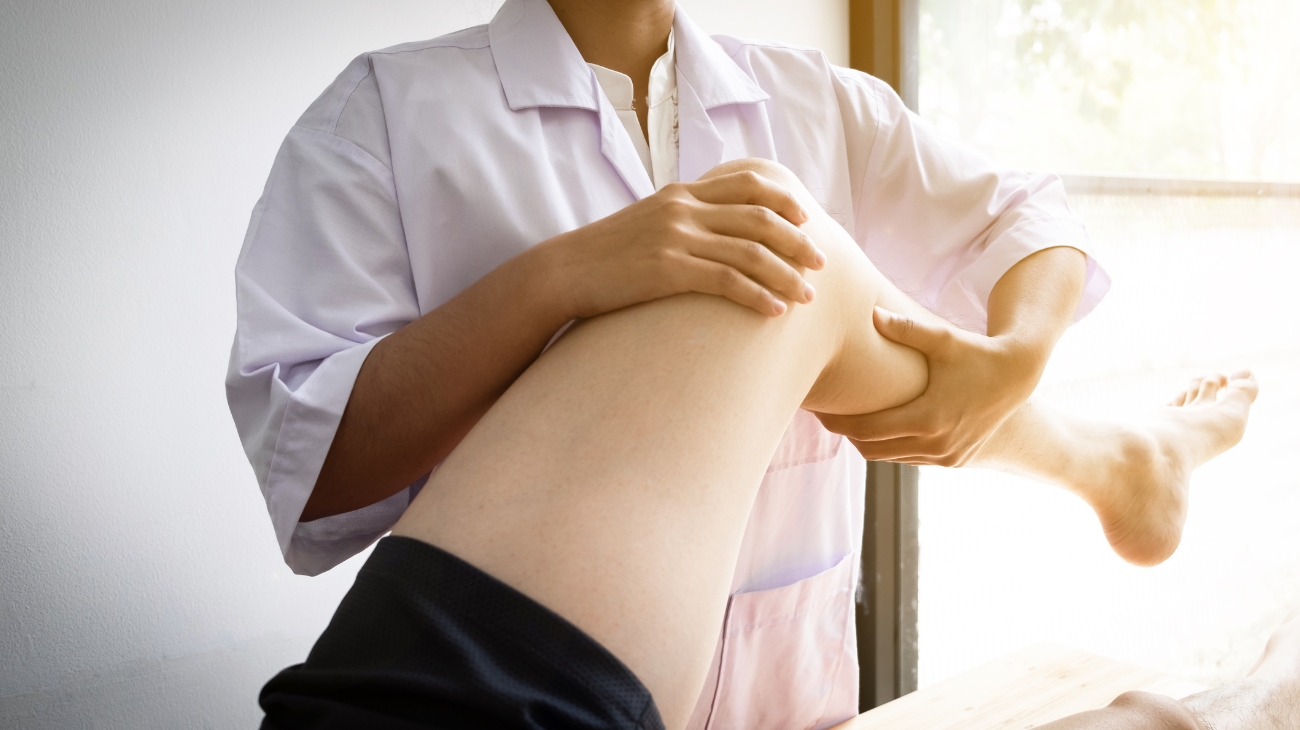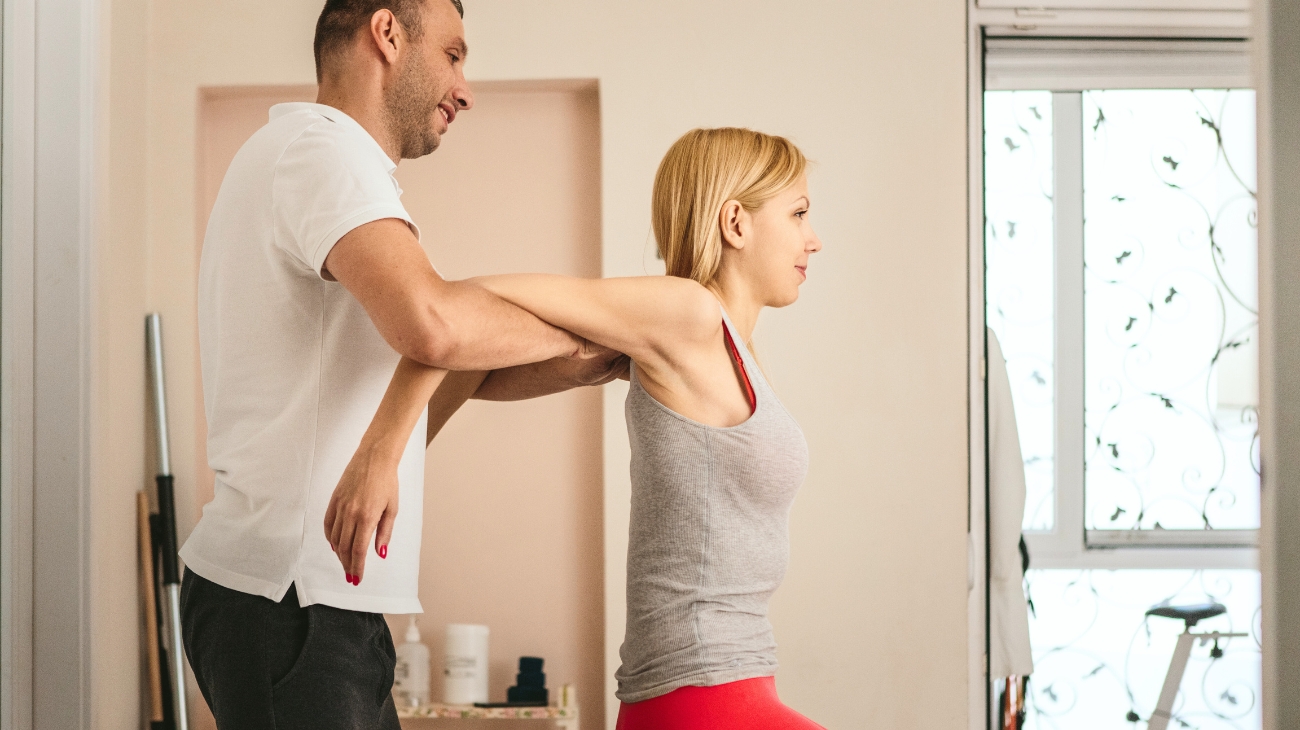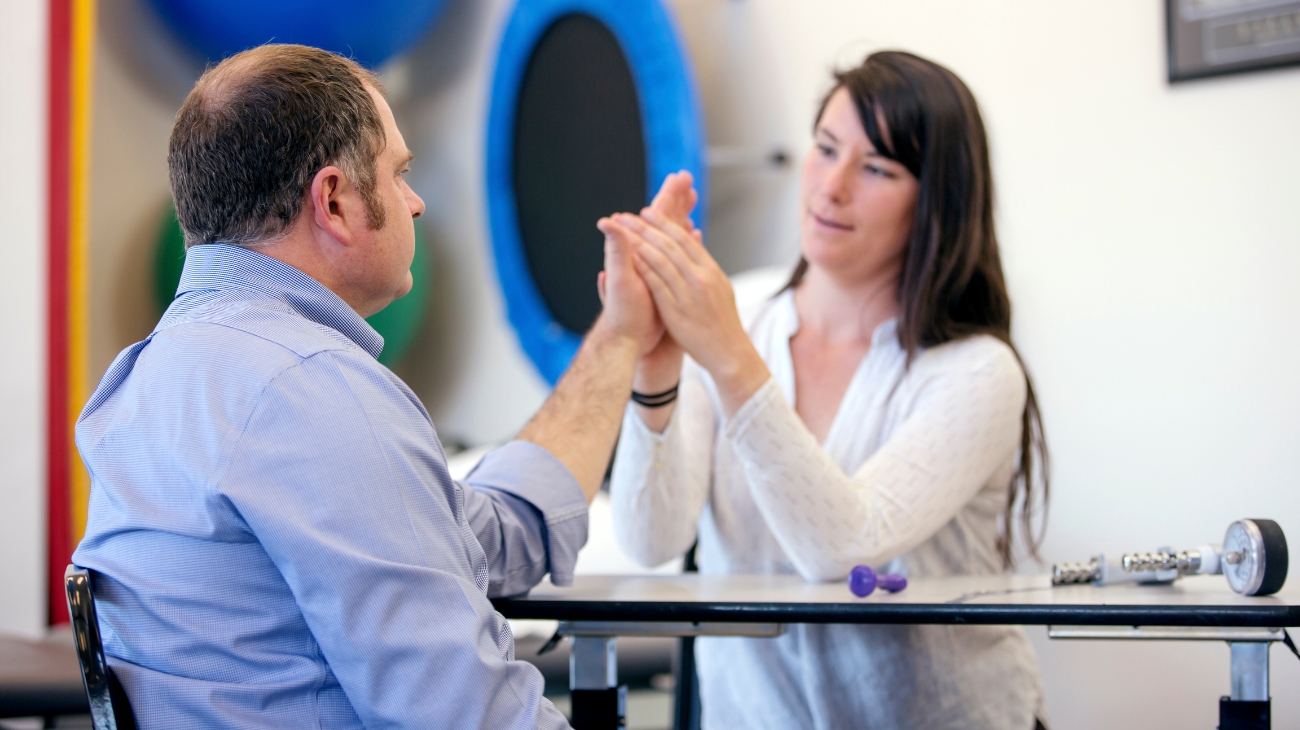Back pain is a common complaint that affects millions of people worldwide. It can significantly impact a person's quality of life, limiting their ability to perform daily activities and causing emotional distress. Therefore, it is essential to know the best exercises for back rehabilitation and pain relief.
Rehabilitation exercises can improve strength, flexibility, and range of motion, which can help a person regain function and resume their normal activities. These exercises can also reduce pain and discomfort, improving mental health, sleep, and overall quality of life. Moreover, regular exercise can prevent future episodes of back pain and related musculoskeletal issues.
Best back rehab and mobility exercises
In some cases, back pain may require surgery or other invasive treatments. However, by performing the best exercises for back rehabilitation and pain relief, a person can often avoid surgery and achieve similar or better outcomes. Therefore, it is crucial to seek the guidance of a Manual Physical Therapist who can design a personalized exercise program that addresses a person's specific needs and goals. Overall, knowing the best exercises for back rehabilitation and pain relief can improve function, reduce pain, and enhance overall well-being.
1 - Bird dog
The Bird Dog exercise is a core-strengthening exercise that also improves balance and stability:
- Begin on your hands and knees in a tabletop position, with your wrists under your shoulders and knees under your hips.
- Engage your core muscles to stabilize your spine.
- Simultaneously extend your right arm straight forward and your left leg straight backward, maintaining a straight line from your fingertips to your toes.
- Keep your hips and shoulders parallel to the ground.
- Hold the extended position for a few seconds, feeling the tension in your core and glutes.
- Return to the starting position and then switch to your left arm and right leg.
- Perform 2-3 sets of 10-15 repetitions for each side.
Muscles involved:
- Rectus Abdominis: These muscles stabilize the spine and support the movement.
- Erector Spinae: These muscles along the spine help maintain an upright posture.
- Transverse Abdominis: This deep core muscle aids in stability.
- Gluteus Maximus: These muscles in the buttocks are responsible for hip extension.
- Deltoids: Shoulder muscles are engaged in lifting the arm.
- Trapezius: Upper back muscles help stabilize the shoulders.
2 - Dead bug
The Dead Bug exercise is a core-strengthening exercise that also enhances coordination and stability:
- Lie on your back on a mat with your knees bent at 90 degrees and your arms extended vertically toward the ceiling.
- Engage your core muscles to keep your lower back in contact with the mat.
- Simultaneously, lower one leg toward the floor while lowering the opposite arm overhead, maintaining a neutral spine.
- Return slowly to the starting position.
- Repeat the movement with the opposite leg and arm.
- Perform 2-3 sets of 10-15 repetitions for each side.
Muscles involved:
- Rectus Abdominis: These muscles stabilize the spine and assist in trunk flexion.
- Transverse Abdominis: This deep core muscle provides stability and support.
- Obliques: Both internal and external oblique muscles help with trunk rotation and lateral flexion.
- Erector Spinae: These muscles along the spine contribute to maintaining a neutral lower back position.
3 - Quadruped hip extension
The Quadruped Hip Extension is a valuable exercise for strengthening the glutes and improving hip stability:
- Begin in a tabletop position on your hands and knees, with your wrists under your shoulders and knees under your hips.
- Engage your core to maintain a neutral spine.
- Keeping your knee bent at a 90-degree angle, lift one leg straight behind you, ensuring your foot remains flexed and parallel to the ground.
- Lift the leg until it's in line with your body, avoiding arching your lower back.
- Hold the position briefly, focusing on the contraction in your glutes.
- Slowly lower the leg back down.
- Repeat the movement for 2-3 sets of 10-15 repetitions on each side.
Muscles involved:
- Gluteus Maximus: This muscle is the primary mover responsible for hip extension.
- Hamstrings: They assist in hip extension.
- Erector Spinae: These muscles along the spine help stabilize the back during the exercise.
- Core Muscles: Engaging the core provides stability and support for the spine.
4 - Side Planks
Side planks are effective for strengthening the lateral core muscles and improving overall stability:
- Begin by lying on your side with your elbow directly beneath your shoulder and legs extended, stacking your feet on top of each other.
- Engage your core and lift your hips off the ground, creating a straight line from your head to your heels.
- Keep your shoulder blades down and back, avoiding any rounding of the upper back.
- Hold this position for 20-30 seconds or as long as you can while maintaining proper form.
- Lower your hips to the ground and switch to the other side.
- Perform 2-3 sets on each side.
Muscles involved:
- Internal and External Obliques: These muscles along the sides of your torso are primarily responsible for the side plank's stability.
- Transverse Abdominis: This deep core muscle provides support and stability.
- Gluteus Medius: This hip muscle is engaged to maintain proper alignment.
- Quadratus Lumborum: This muscle assists in lateral flexion and stability.
5 - Trunk Rotation
Trunk rotations are excellent for improving spinal mobility and strengthening the muscles responsible for twisting movements:
- Sit or stand with your back straight and your feet shoulder-width apart.
- Place your hands on your shoulders or chest, fingers pointing forward.
- Slowly rotate your torso to one side, leading with your shoulders and chest.
- Keep your hips and lower body stable.
- Hold the stretch for a moment, feeling the rotation in your spine.
- Return to the starting position.
- Repeat the movement on the opposite side.
- Perform 2-3 sets of 10-15 repetitions on each side.
Muscles involved:
- Obliques: Both internal and external obliques are primary muscles for trunk rotation.
- Erector Spinae: These muscles along the spine assist in maintaining an upright posture.
- Rectus Abdominis: These muscles stabilize the core during the exercise.
6 - Prone Superman
The Prone Superman exercise is an effective way to strengthen the muscles of the lower back, improve spinal stability, and enhance posture:
- Lie face down on a mat with your arms extended overhead and your legs straight.
- Engage your core muscles to support your spine.
- Simultaneously lift your arms, chest, and legs off the ground as high as comfortably possible.
- Keep your gaze down to maintain neck alignment.
- Hold the lifted position for 2-3 seconds, squeezing your glutes and lower back.
- Slowly lower your limbs and upper body back to the mat.
- Repeat for 2-3 sets of 10-15 repetitions.
Muscles involved:
- Erector Spinae: These muscles run along the spine and are responsible for back extension.
- Gluteus Maximus: These muscles in the buttocks help lift the legs.
- Posterior Deltoids: These shoulder muscles assist in raising the arms.
- Transverse Abdominis: This deep core muscle provides stability and support.
7 - Cobra stretch
The Cobra Stretch is an excellent exercise to improve the flexibility and strength of the lower back and promote healthy spinal mobility:
- Lie face down on a mat with your legs extended, toes pointed, and palms placed under your shoulders.
- Keep your elbows close to your body.
- Inhale and gently lift your chest and upper body off the mat, while keeping your pelvis and legs grounded.
- Keep your neck in a neutral position or look slightly upward, avoiding excessive strain.
- Hold the stretch for 15-30 seconds, feeling a gentle extension in your lower back.
- Exhale and slowly lower your upper body back to the mat.
- Repeat the stretch for 2-3 sets.
Muscles involved:
- Erector Spinae: These muscles along the spine are responsible for back extension.
- Rectus Abdominis: These muscles stabilize the core during the stretch.
- Quadratus Lumborum: These muscles in the lower back assist in spinal extension.
8 - Planks
The Plank exercise is a fundamental core-strengthening exercise that also engages various muscle groups throughout the body:
- Begin in a push-up position with your elbows directly beneath your shoulders and your toes on the ground.
- Engage your core muscles, glutes, and legs to maintain a straight line from your head to your heels.
- Avoid sagging your hips or raising them too high.
- Keep your neck in a neutral position, looking down at the floor.
- Hold the plank for 20-30 seconds initially and gradually increase the duration as you get stronger.
- Repeat for 2-3 sets.
Muscles involved:
- Rectus Abdominis: These muscles stabilize the spine and help maintain the plank position.
- Transverse Abdominis: This deep core muscle provides support and stability.
- Obliques: Internal and external oblique muscles assist in maintaining proper alignment.
- Erector Spinae: These muscles along the spine help stabilize the back.
- Gluteus Maximus: These muscles in the buttocks engage to maintain hip alignment.
- Quadriceps: Muscles in the front of the thigh work to support the legs.
9 - Cow & Dog Stretch
The Cow & Dog Stretch, often incorporated into yoga routines, is a dynamic exercise that promotes spinal flexibility and mobility:
- Begin on your hands and knees in a tabletop position, with your wrists under your shoulders and knees under your hips.
- Cow Pose (Extension): Inhale as you arch your back, lifting your head and tailbone toward the ceiling, while letting your belly drop towards the floor. This stretches the abdominal muscles and engages the erector spinae muscles.
- Dog Pose (Flexion): Exhale as you round your back, tucking your chin toward your chest, and pressing through your hands to lift your spine toward the ceiling. This stretches the back and engages the core muscles.
- Flow smoothly between Cow and Dog Pose, inhaling for Cow and exhaling for Dog.
- Continue for several cycles, focusing on breath and fluid movement.
Muscles involved:
- Erector Spinae: These muscles along the spine assist in spinal extension (Cow) and flexion (Dog).
- Rectus Abdominis: Engaged during Cow for trunk extension.
- Transverse Abdominis: Activated during Dog for trunk flexion.
- Trapezius and Latissimus Dorsi: Involved in shoulder stability and scapular movement.
10 - Glute bridge (Band)
The Glute Bridge with an elastic band is a powerful exercise to target and strengthen the gluteal muscles while enhancing hip stability:
- Lie on your back with your knees bent and feet flat on the floor. Place an elastic band just above your knees.
- Rest your arms at your sides, palms down, and engage your core muscles.
- Press through your heels and lift your hips off the ground until your body forms a straight line from your shoulders to your knees.
- Squeeze your glutes at the top of the movement.
- Hold for a moment, then lower your hips back to the ground.
- Perform 2-3 sets of 10-15 repetitions.
Muscles involved:
- Gluteus Maximus: This is the primary muscle responsible for hip extension and the bridge movement.
- Hamstrings: These muscles assist in hip extension.
- Transverse Abdominis: This deep core muscle provides stability during the exercise.
Best products for back pain relief
Bestseller
-
Microwave Wheat Bag for Back Pain Relief (Extra Large) (Hearts)
£24,95 -
Microwave Wheat Bag for Back Pain Relief (Extra Large) (Oxford)
£24,95 -
Microwave Wheat Bag for Back Pain Relief (Extra Large) (Sport)
£24,95 -
Microwave Wheat Bag for Neck & Shoulder Pain Relief (Hearts)
£24,95 -
Microwave Wheat Bag for Neck & Shoulder Pain Relief (Oxford)
£24,95 -
Microwave Wheat Bag for Neck & Shoulder Pain Relief (Sport)
£24,95 -
Microwaveable Wheat Bag for Pain Relief (Hearts)
£20,95 -
Microwaveable Wheat Bag for Pain Relief (Oxford)
£20,95 -
Microwaveable Wheat Bag for Pain Relief (Sport)
£20,95 -
Wheat Bag for Microwave Classic Bottle Shaped (Hearts)
£20,95 -
Wheat Bag for Microwave Classic Bottle Shaped (Oxford)
£20,95 -
Wheat Bag for Microwave Classic Bottle Shaped (Sport)
£20,95
-
Back Support Belt (Black)
£39,95 -
Back Support Belt (Green)
£39,95 -
Back Support Belt (Pink)
£39,95 -
Ice Massage Roller Ball (Black)
£34,95 -
Ice Massage Roller Ball (Green)
£34,95 -
Ice Massage Roller Ball (Pink)
£34,95 -
Soft Density Foam Roller for Recovery (Black)
£34,95 -
Soft Density Foam Roller for Recovery (Green)
£34,95 -
Soft Density Foam Roller for Recovery (Pink)
£34,95
Most common back injuries
A list of some of the most common back injuries that can cause pain and discomfort:
- Muscle Strain: This is the most common type of back injury, which occurs when the muscles of the back are stretched or torn due to overuse or sudden movement.
- Herniated Disc: This injury occurs when the soft, gel-like center of a spinal disc ruptures or bulges out, putting pressure on the nerves in the spinal cord.
- Sciatica: Sciatica is a type of back injury that occurs when the sciatic nerve, which runs from the lower back to the legs, becomes compressed or irritated, causing pain and discomfort.
- Spinal Stenosis: This is a condition where the spinal canal narrows, causing pressure on the nerves in the spinal cord.
- Spondylolisthesis: This condition occurs when one vertebra in the spine slips forward over the one below it, causing pain and discomfort.
- Osteoarthritis: This is a type of arthritis that affects the spine, causing pain and stiffness in the back.
- Fractures: Fractures in the spine can occur due to trauma or as a result of conditions like osteoporosis.
Benefits of rehab exercises for back injuries
A list of benefits that rehabilitation and mobility exercises can offer for back injuries:
- Pain Relief: Rehabilitation exercises can help relieve pain by strengthening muscles and improving flexibility, reducing the pressure on the spine and other affected areas.
- Improved Range of Motion: Regular exercise can help improve range of motion by loosening tight muscles, increasing flexibility, and reducing stiffness.
- Enhanced Strength and Stability: Specific exercises that target the muscles of the back, abdomen, and legs can help improve strength and stability, which can reduce the risk of further injuries and improve overall function.
- Improved Posture: Certain exercises can help correct posture, reducing strain on the spine and other areas of the back.
- Reduced Dependence on Pain Medications: By reducing pain and improving function, rehabilitation exercises can help reduce the dependence on pain medications and their potential side effects.
- Improved Quality of Life: Regular exercise can improve physical and mental well-being, reducing stress and enhancing overall quality of life.
- Prevention of Future Injuries: Rehabilitation exercises can help prevent future injuries by strengthening muscles and improving flexibility, reducing the risk of strain and injury to the back.
It is important to note that each person's condition is unique, and proper evaluation and personalized treatment are essential for effective rehabilitation and pain relief. Therefore, it is recommended to consult a Manual Physical Therapist or a healthcare provider for accurate diagnosis and tailored treatment.
F.A.Q: Frequently asked questions
References
- Henchoz, Y., & So, A. K. L. (2008). Exercise and nonspecific low back pain: a literature review. Joint Bone Spine, 75(5), 533-539. https://www.sciencedirect.com/science/article/abs/pii/S1297319X08002005
- Hayden, J. A., Van Tulder, M. W., Malmivaara, A. V., & Koes, B. W. (2005). Meta-analysis: exercise therapy for nonspecific low back pain. Annals of internal medicine, 142(9), 765-775. https://www.acpjournals.org/doi/abs/10.7326/0003-4819-142-9-200505030-00013
- Van Middelkoop, M., Rubinstein, S. M., Verhagen, A. P., Ostelo, R. W., Koes, B. W., & van Tulder, M. W. (2010). Exercise therapy for chronic nonspecific low-back pain. Best practice & research Clinical rheumatology, 24(2), 193-204. https://www.sciencedirect.com/science/article/abs/pii/S1521694210000033
- McGill, S. M. (1998). Low back exercises: evidence for improving exercise regimens. Physical therapy, 78(7), 754-765. https://academic.oup.com/ptj/article/78/7/754/2633318
- Patti, A., Bianco, A., Paoli, A., Messina, G., Montalto, M. A., Bellafiore, M., ... & Palma, A. (2015). Effects of Pilates exercise programs in people with chronic low back pain: a systematic review. Medicine, 94(4). https://www.ncbi.nlm.nih.gov/pmc/articles/PMC4602949/
- Hicks, G. E., Fritz, J. M., Delitto, A., & McGill, S. M. (2005). Preliminary development of a clinical prediction rule for determining which patients with low back pain will respond to a stabilization exercise program. Archives of physical medicine and rehabilitation, 86(9), 1753-1762. https://www.sciencedirect.com/science/article/abs/pii/S0003999305003606
- Andersson, G. B. (1998). Epidemiology of low back pain. Acta Orthopaedica Scandinavica, 69(sup281), 28-31. https://www.tandfonline.com/doi/pdf/10.1080/17453674.1998.11744790
- McGill, S. M. (2001). Low back stability: from formal description to issues for performance and rehabilitation. Exercise and sport sciences reviews, 29(1), 26-31. https://journals.lww.com/acsm-essr/Fulltext/2001/01000/Low_Back_Stability__From_Formal_Description_to.6.aspx
- Adams, M. A. (2004). Biomechanics of back pain. Acupuncture in medicine, 22(4), 178-188. https://journals.sagepub.com/doi/abs/10.1136/aim.22.4.178?journalCode=aima
- Frymoyer, J. W., POPE, M. H., COSTANZA, M. C., Rosen, J. C., GOGGIN, J. E., & WILDER, D. G. (1980). Epidemiologic studies of low-back pain. Spine, 5(5), 419-423. https://journals.lww.com/spinejournal/Abstract/1980/09000/Epidemiologic_Studies_of_Low_Back_Pain.5.aspx



















































